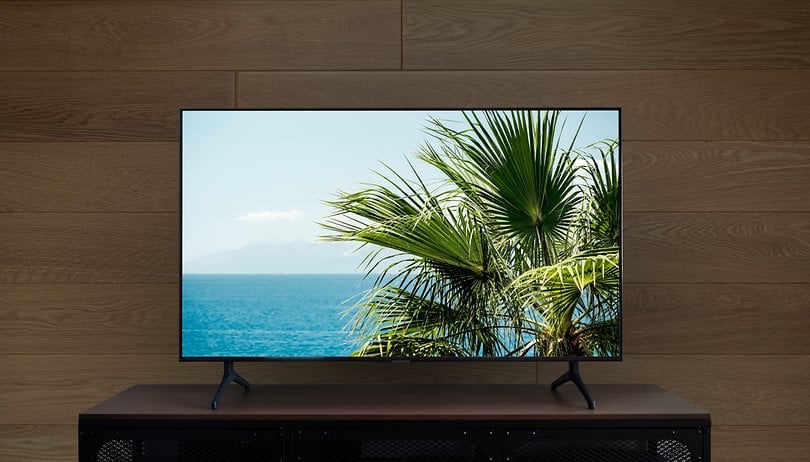Do not do this or your OLED TV may suffer permanent damage


Saving energy by unplugging electrical appliances can result in savings at the end of the month. A recent report by the team at CNET shows that these savings are significant, as much as $100 per year. But make no mistake, not all electronics follow this rule, especially Smart TVs.
When our appliances are plugged in, even when they are turned off they are consuming standby power, meaning that they are in standby mode and ready to start as soon as they are activated. According to a US Department of Energy survey, standby power accounts for 5-10% of residential electricity use. Which, according to the CNET team, means an average consumption of $100 per year.
Also known as vampire power, however, standby mode is responsible for allowing automatically updating pixels on OLED televisions in the background. In other words, every time you unplug and plug in a smart TV, this process is restarted and can cause permanent damage to the TV over time, such as burn-in.
Preventing standby mode on OLED TVs can lead to burn-in effects
Last week I pointed out here on the channel the use of smart sockets to transform an ordinary coffee maker into a smart device. In the text, I commented that one of the benefits of using these gadgets is to control the energy expenditure of household appliances and offer the option to turn off these appliances remotely. However, my colleague Stefan Möllenhoff—who recently bought an OLED TV from LG—shared with me some really curious and even worrying information.
In 2018, a consumer in Germany used an OLED device from LG in conjunction with a smart plug to deactivate the TV completely after use. His intention was to prevent the device from catching fire due to fluctuations in the electric current. However, this safety measure ended up causing ghost images on the TV screen. Incidentally, this is a not-so-rare characteristic of OLED and AMOLED screens.
What this person didn't know at the time is that during standby mode, the LG TV performs a compensation process (also known as pixel refresh), which prevents the burn-in effect. According to the German channel Heise.de as there was no reference to this potential ghosting effect in the instruction manual of the TV at the time, the manufacturer replaced the device.
However, this type of information is now in the instruction materials of many Smart TV models with OLED screen, both from LG and other brands, and can even cause loss of warranty. In the video below, you can see a comprehensive explanation of the issue and how to avoid permanent damage to these devices in the future:
As explained in the video above, after four hours of use standby power televisions will run an automatic pixel update in the background. Therefore, if you unplug the set or turn off the mains power, the TV will not perform this process. In the short term this may not cause any problems, but over time the television may show ghost images, causing permanent damage to the images.
To learn more about the pixel upgrade of LG OLED TVs, please visit the manufacturer's official page.
The Pixel Refresher feature, built into LG OLED TVs, automatically detects pixel deterioration through periodic scanning, compensating for it as needed. It also senses any TFT (Thin Film Transistor) voltage changes during power off to detect and correct pixel degradation by comparing it with a set reference value. — by LG
Conclusion
In the US, a study by The Natural Resources Defense Council revealed that if consumers reduced the number of always-on devices, annual savings of $8 billion could be achieved. This means a reduction of 64 billion kilowatt-hours of electricity per year and 44 million fewer metric tons of carbon dioxide pollution in the environment. However, as highlighted by the CNET report, the NRDC has estimated the cost of always-on devices to be as high as $165 per household per year on average.
So, it is clear that we can conclude unplugging appliances can generate energy savings and even environmental benefits. However, it is necessary to understand how to take the best advantage of this action. According to the user manual for LG OLED televisions, for example, this can cause permanent problems in these appliances, turning savings into losses.
So, do you keep your television in standby mode or do you prefer to plug it in whenever you use it to save energy?













I don't have a choice. I live in a primitive country called South African where we have planned outages three times a day, and 2 - 2 1/2 hours each session, IF we are lucky. That's because you Americans may experience relatively high levels of corruption, but it's like fleas (without bubonic plague) for you guys. Here, our parasites in government are at porcine and bovine tapeworm levels — and infested with them And we're a young country, relatively speaking. What happens to a puppy infested with worms left untreated? The worms are gone. So is the puppy.